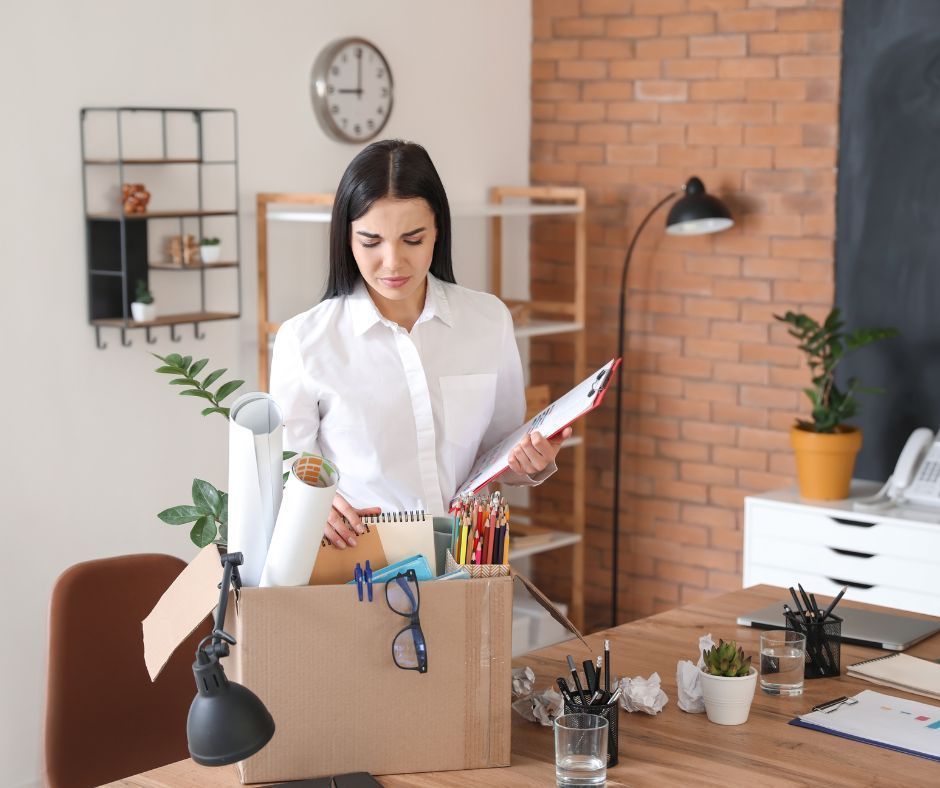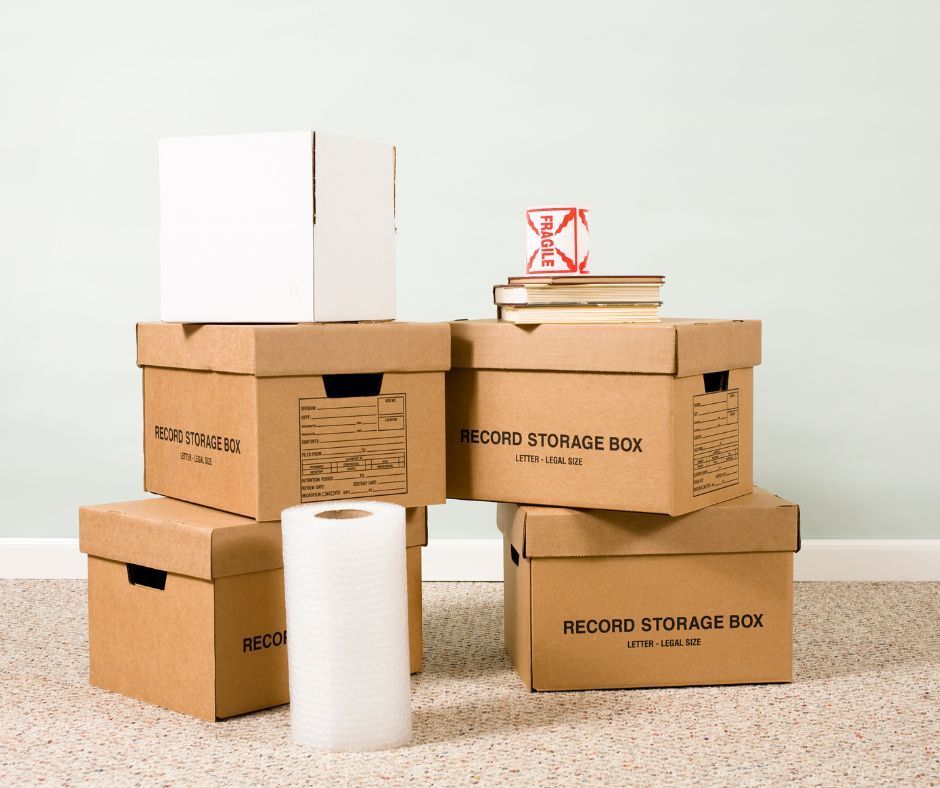Office Packing Tips: A Comprehensive Manual for a Smooth Move
Bryan Bloom • September 6, 2023
Moving an office is a monumental task that requires meticulous planning, organization, and execution. Whether you're relocating your home office or an entire corporate setup, the challenges are many. There's much to consider, from handling sensitive documents to ensuring that expensive electronics make it to the new location unscathed. This comprehensive guide aims to provide you with all the office packing tips and tricks you need for a smooth transition. So, let's dive in and prepare for the big day!
A well-thought-out moving schedule is crucial for a successful office move. It helps you delegate tasks and manage your time efficiently. Use a digital calendar or a traditional planner to mark important dates and deadlines.
Assign specific tasks to team members or departments. This ensures that everyone knows their responsibilities, making the process more streamlined.
Create an inventory list of all the items that need to be moved. This list will be invaluable for both packing and unpacking.
Section 1: The Importance of Planning Your Office Move
Creating a Moving Schedule
Delegating Tasks
Inventory Management
Section 2: Preparing for the Move

Creating Office Moving Checklist
Creating an office moving checklist ensures a smooth and organized transition when relocating your office. This task might seem like just another administrative chore, but in reality, it plays a pivotal role in the success of your office move.
Purging Unnecessary Items
Backing Up Data
Preparing a Moving Folder
Booking Professional Services Early
Section 3: Packing Essentials

Types of Boxes to Use
- Cardboard Boxes: Good for most items.
- Plastic Bins: Best for sensitive documents and electronics.
- Wardrobe Boxes: Ideal for hanging clothes and other garments.
Importance of Quality Packing Material
Quality packing material is crucial in various packaging aspects, whether for shipping, storage, or gift wrapping. The importance of using high-quality packing materials cannot be overstated, as it can significantly impact the protection of the packaged items, the efficiency of the packing process, and overall customer satisfaction. Here are some key reasons why quality packing material is essential:
Protection of Contents:
- Quality packing materials provide a barrier against physical damage, moisture, dust, and other environmental factors that can harm the contents. This is especially critical when shipping fragile or sensitive items.
Durability and Reliability:
- High-quality packing materials are more durable and less likely to tear or break during handling and transportation. This ensures that the packaging remains intact, reducing the risk of damage to the contents.
Cost-Efficiency:
- While high-quality packing materials may be initially more expensive, they can save money in the long run by reducing the need for replacements and preventing costly damage to items during transit.
Brand Image and Customer Satisfaction:
- Packaging is often the first physical interaction a customer has with a product. Using quality packing materials conveys professionalism and care, which can enhance the brand image and improve customer satisfaction.
Eco-Friendly Options:
- Quality packing materials can include eco-friendly and sustainable options, such as recyclable, biodegradable, or reusable. Using these materials protects the environment and aligns with consumers' preferences for sustainable packaging.
Efficient Packing Process:
- Quality packing materials are designed for ease of use. They are often pre-cut, have adhesive properties, or have features like bubble wrap and foam inserts that make the packing process faster and more efficient.
Compliance with Regulations:
- Some industries and regions have specific regulations and standards for packaging materials, especially when transporting hazardous materials. Using quality materials that meet these requirements ensures legal compliance.
Reducing Returns and Complaints:
- Customers may return the products or file complaints when items arrive damaged due to inadequate packaging. Quality packing materials reduce the likelihood of these issues, saving time and resources for businesses.
Enhancing Product Presentation:
- Quality packing materials can enhance the visual appeal of a product, making it more attractive to potential buyers. This is particularly important for gift packaging and retail display.
Labeling Techniques
Packing Electronics Safely
Section 4: Special Packing Considerations
Packing Artwork and Valuables
Handling Sensitive
Documents
Packing Kitchen Supplies (if applicable)
Packing IT Equipment
Section 5: On the Day of the Move
Final Checklist
Keeping Essentials Handy
Coordinating with Movers
Section 6: Post-Move Tips
Unpacking Strategy
Setting Up Utilities
Post-Move Inventory Check
Section 7: Hiring Office Packers and Movers

Hiring o ffice packers and movers can be a strategic decision when relocating your business or office. This process involves several steps to ensure a smooth and efficient transition. Here are some critical steps and considerations when hiring office packers and movers:
Assess Your Needs:
- Determine the scope of the move, including the size of your office, the number of items to be moved, and any special requirements (e.g., sensitive equipment, documents, furniture).
Research and Shortlist Companies:
- Start by researching office moving companies in your area. Look for reputable companies with a track record of successful office relocations.
- Ask for recommendations from colleagues, business associates, or other companies that have recently moved offices.
- Check online reviews and ratings to gauge the reputation of the moving companies.
Obtain Multiple Quotes:
- Contact several office movers to request quotes. Be prepared to provide detailed information about your office and the items needing moving.
- Compare the quotes regarding cost, services offered, and any additional fees.
Verify Credentials:
- Ensure that the office movers you're considering are licensed and insured. This is important to protect your assets during the move.
- Check if they are members of any professional moving associations, as this can indicate their professionalism.
Ask About Experience:
- Inquire about the experience of the moving company in handling office relocations. Experience with commercial moves can make a significant difference in the efficiency of the process.
References and Past Projects:
- Request references from the moving companies and contact previous clients to ask about their experiences with the company.
- Ask for examples of similar office moves the company has completed.
Services Offered:
- Discuss the range of services offered by the office movers. This can include packing, labelling, transportation, unpacking, and even setting up your new office space.
- Inquire about any specialized services needed, such as IT equipment disassembly and reassembly.
Timelines and Scheduling:
- Agree on a clear timeline for the move, including the start and end dates. Make sure it aligns with your business operations and minimizes downtime.
Insurance and Liability:
- Clarify the moving company's insurance coverage and liability in case of any damage or loss during the move.
- Consider additional insurance options if necessary.
Contract and Terms:
- Carefully review the contract, including terms, conditions, and payment schedules. Ensure all details of the move are clearly outlined.
Communication and Coordination:
- Maintain open communication with the moving company throughout the process. Ensure they are aware of any specific requirements or changes.
Prepare Your Staff:
- Inform your employees about the move well in advance. Assign responsibilities and communicate the moving plan to minimize disruption.
Final Walkthrough:
- Conduct a final walkthrough with the moving company to confirm all items are accounted for and to address any last-minute concerns.



